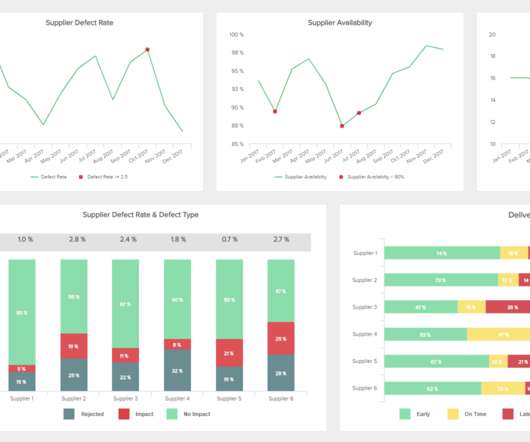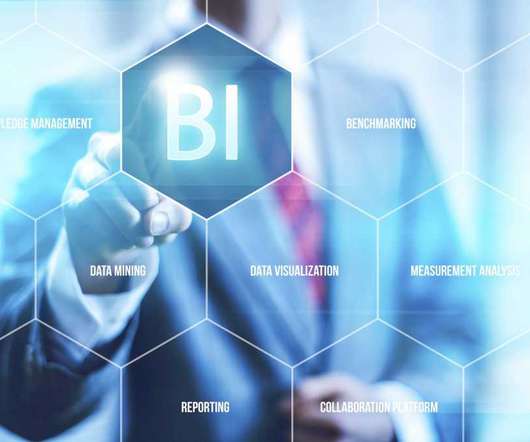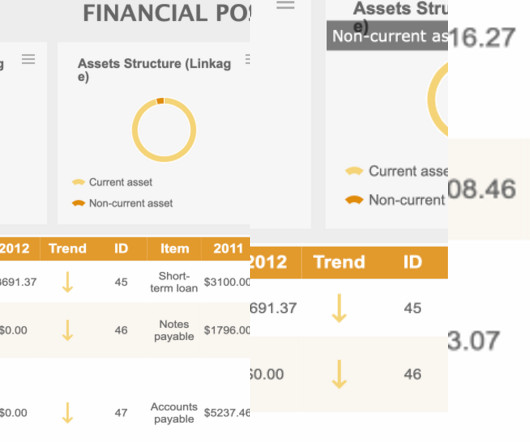What Is The Difference Between Business Intelligence And Analytics?
datapine
MARCH 25, 2022
Well, what if you do care about the difference between business intelligence and data analytics? It seems clear that there isn’t one standard “correct” definition of the differences between the two terms. Without further ado, let’s dive deeper into the difference between business intelligence and data analytics.

















Let's personalize your content